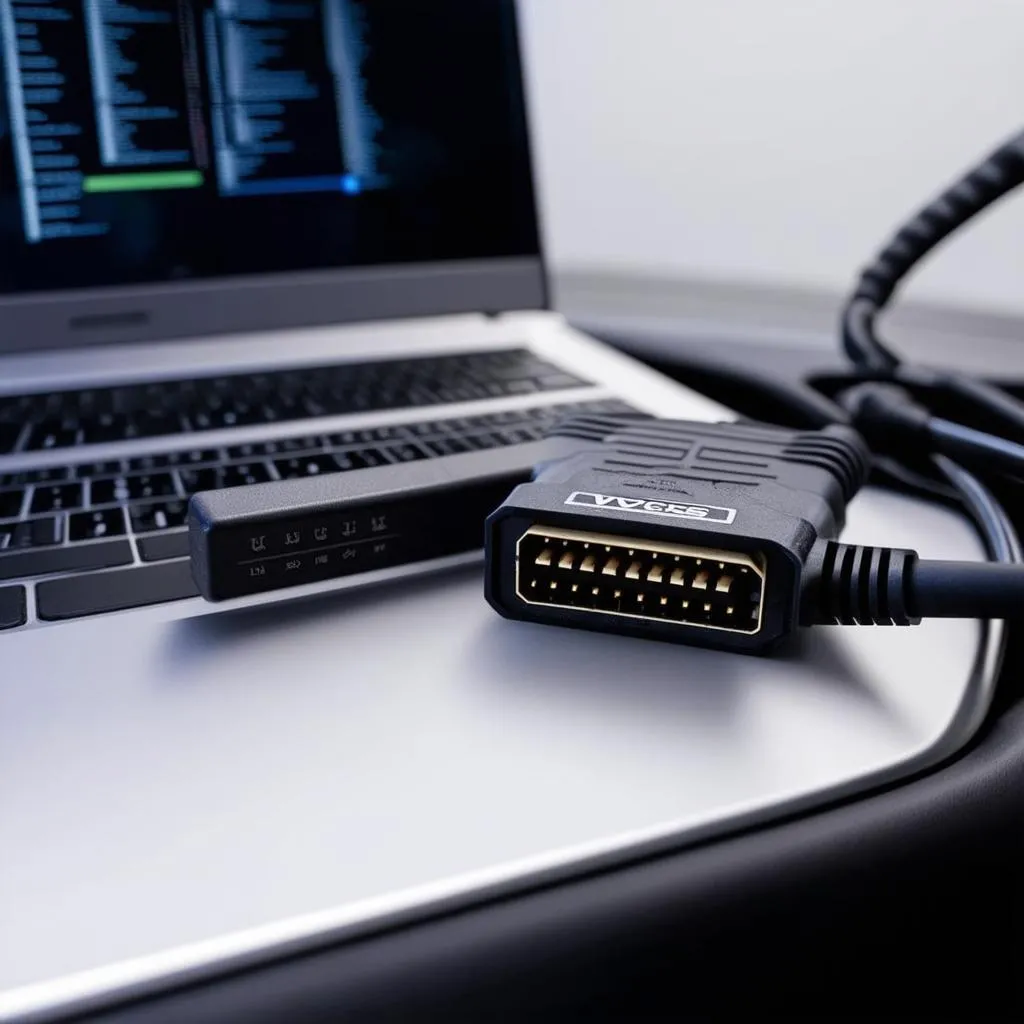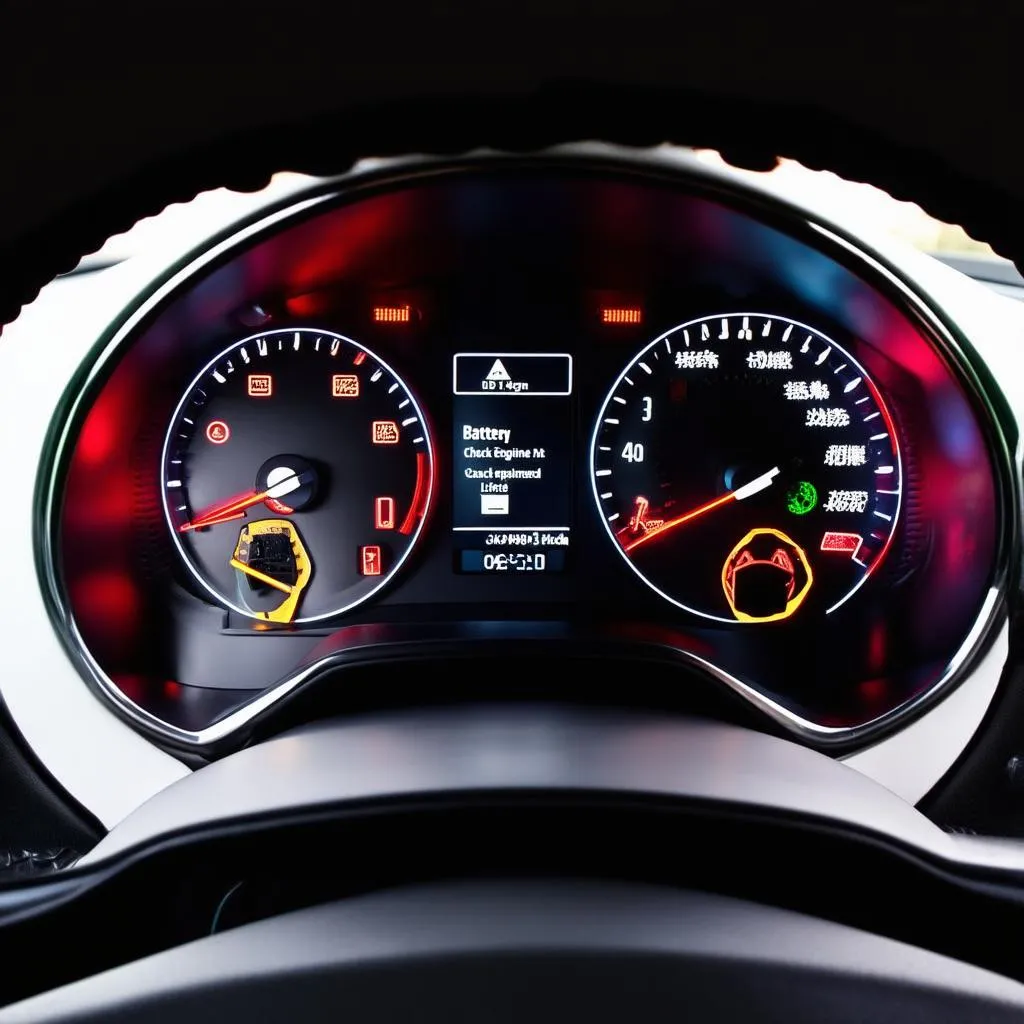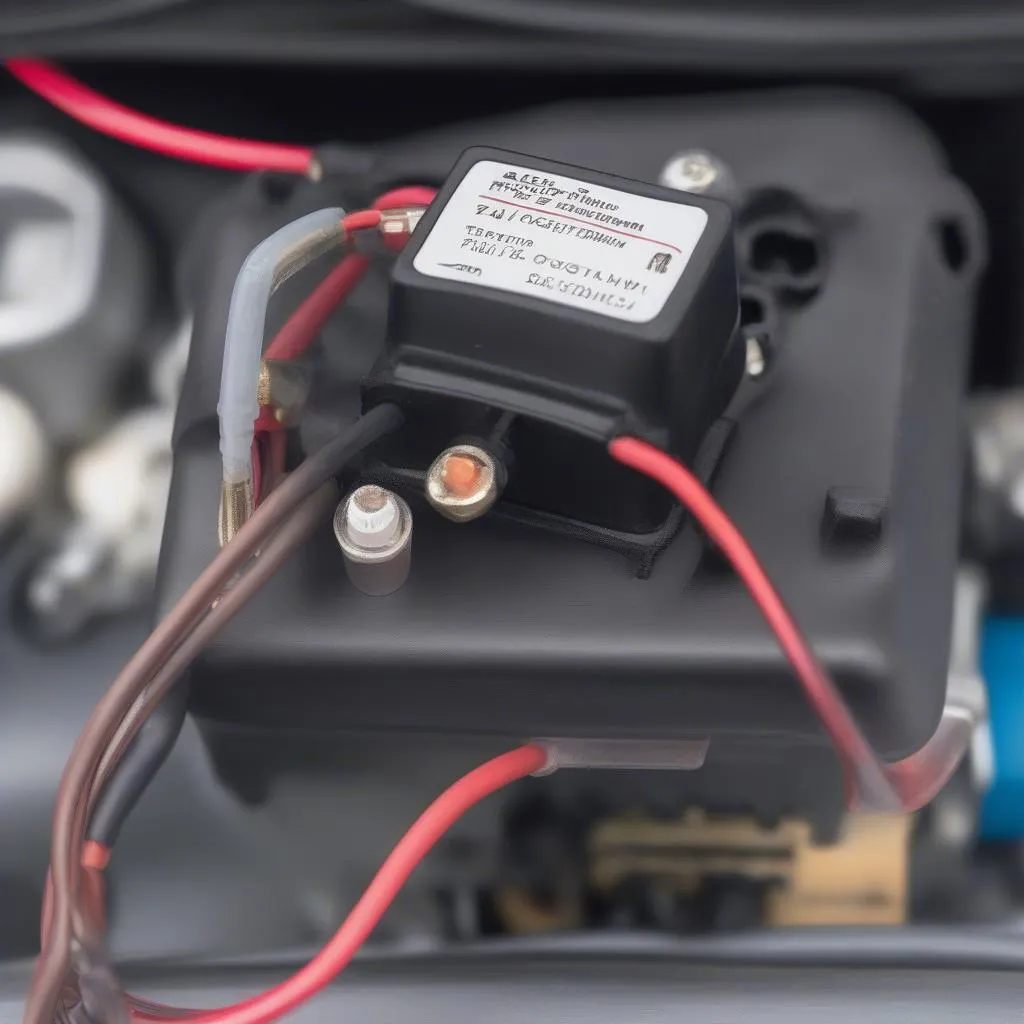The AUDI Energy Management system is designed to optimize fuel efficiency by managing power consumption across various vehicle components. While this system is generally beneficial, there are instances where you might want to disable it temporarily or permanently using a diagnostic tool like VCDS (Vag-Com).
This article will guide you through the process of turning off AUDI Energy Management with VCDS, addressing common questions and concerns.
Understanding AUDI Energy Management and VCDS
Before we delve into the “how-to,” it’s crucial to understand the systems involved:
AUDI Energy Management: This system monitors and regulates the energy consumption of different components, such as the alternator, battery, air conditioning, and even heated seats. It prioritizes power distribution to ensure optimal engine performance and fuel economy.
VCDS (Vag-Com): VCDS is a powerful diagnostic software used by professionals and enthusiasts to access, diagnose, and modify the settings of various electronic control units (ECUs) in Volkswagen Audi Group (VAG) vehicles.
Reasons for Disabling AUDI Energy Management
While not generally recommended, you might consider disabling AUDI Energy Management for reasons like:
- Troubleshooting Electrical Issues: Disabling the system temporarily can help isolate the source of a suspected electrical problem.
- Specific Component Testing: Temporarily disabling the system can be helpful during certain diagnostic procedures.
Important Note: It’s crucial to remember that permanently turning off AUDI Energy Management can lead to increased battery drain, potential warning lights on the dashboard, and even affect the vehicle’s emissions system.
How to Turn Off AUDI Energy Management Using VCDS
Disclaimer: This guide provides general information. Procedures might vary slightly depending on the specific AUDI model and year. Always refer to your vehicle’s service manual for model-specific instructions.
Here’s a general step-by-step guide on how to turn off AUDI Energy Management using VCDS:
- Connect and Setup: Connect your VCDS interface to the vehicle’s OBD-II port and your computer. Launch the VCDS software and establish communication with your car.
- Select Control Module: Navigate through the different control modules and select the one related to Energy Management. This is often found under modules like “Battery Regulation” or “Gateway Installation List.”
- Adaptation Channels: Once inside the relevant module, locate the “Adaptation” or “Coding” section. Look for channels specifically related to AUDI Energy Management or components like the alternator or battery charging.
- Modify Values: Carefully adjust the values in the identified channels to disable the energy management features. This may involve changing settings related to battery charge management, alternator control, or specific component power-saving modes.
- Save and Exit: After making the changes, save the new adaptations or coding. Disconnect VCDS and test your vehicle to ensure the desired outcome is achieved.
Note: It’s strongly advised to record the original values of any settings you modify. This will allow you to revert to the factory settings if needed.
 VCDS Interface Connected to Laptop
VCDS Interface Connected to Laptop
Potential Risks and Considerations
Disabling the AUDI Energy Management system can have implications:
- Battery Drain: Without the system’s management, the battery might discharge more quickly, especially if you frequently use power-consuming features while the engine is off.
- Warning Lights: Tampering with energy management settings might trigger warning lights on your dashboard, such as the battery or charging system warning lights.
- Warranty Implications: Modifying factory settings could potentially void or affect your vehicle’s warranty.
Frequently Asked Questions
Q: Is it safe to permanently disable AUDI Energy Management?
A: It’s not generally recommended to permanently disable the system. Doing so can have unintended consequences on battery life, vehicle electronics, and potentially your warranty.
Q: Can I re-enable AUDI Energy Management after disabling it?
A: Yes, as long as you’ve noted the original coding or adaptation values, you can use VCDS to revert the settings back to their factory defaults.
Q: What are some common issues addressed by turning off AUDI Energy Management?
A: In some cases, disabling the system might help diagnose issues related to erratic battery drain, unusual alternator behavior, or conflicts with aftermarket electrical accessories.
Expert Insight: “While VCDS offers powerful customization options, it’s essential to exercise caution when adjusting settings related to core vehicle systems like energy management. Improper modifications can lead to unexpected issues. If you’re unsure about any procedure, consulting a qualified AUDI technician is always recommended.” – [John Miller, Author – Automotive Electrical Systems Explained]
 Dashboard Warning Lights
Dashboard Warning Lights
Need Further Assistance?
For in-depth technical support and a wide range of automotive diagnostic tools, including those suitable for AUDI vehicles, visit CARDIAGTECH. They offer a comprehensive selection of professional-grade equipment to help you diagnose and resolve various vehicle issues.
Conclusion
Disabling the AUDI Energy Management system can be useful for specific diagnostic purposes or troubleshooting, but it’s not advisable for long-term use. Remember to proceed with caution, back up original settings, and consult your vehicle’s service manual or a qualified technician if you have any doubts.


